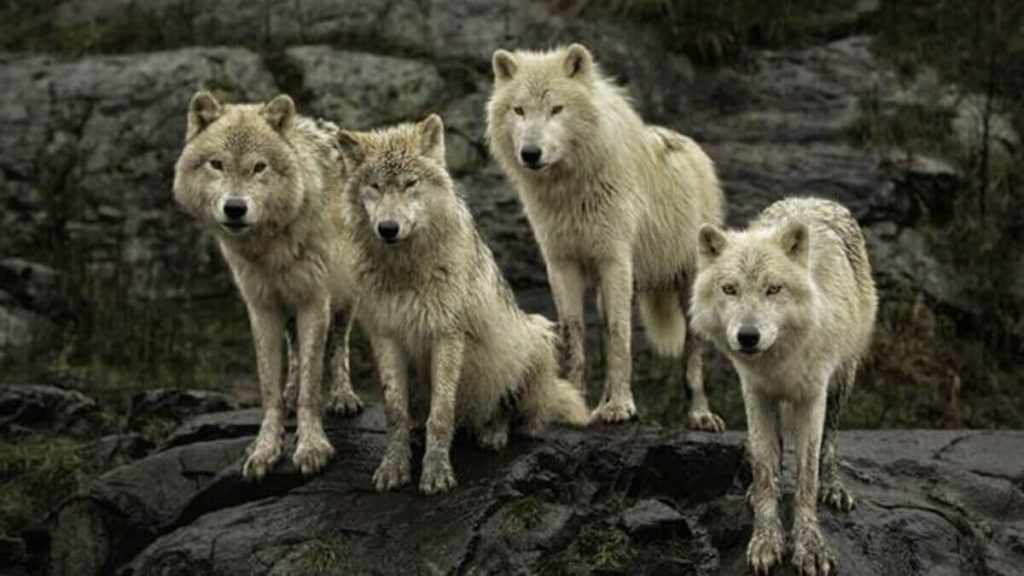
The Tule Reservation in California is battling a complex ecological challenge: the return of wolves. The reservation, one of the biggest in the state, may witness a total return of wolves after almost two centuries.
The government-owned space, spanning 55,000 acres of high desert meeting alpine terrain, suffered significant devastation in 2021 due to the Windy fire. About 97,000 acres of land were affected, and the fires also affected some 300-ft-tall sequoias.
The loss of these ancient giants was a spiritual blow to the Tule River Indian Tribe’s 500 members, who preserved the trees for decades. However, the fires did not affect only the trees. The aftermath of the fires brought about changes in the land that led to the arrival of wolves.
The land became an excellent location for the wolves after the fire created open spaces and new hunting grounds. In an interview, William McDarment, a rancher on the reservation, pointed out a picked-clean cow carcass as evidence of a wolf kill.
ALSO READ: Squadron of Pig-Like Creatures Attack Arizona Golf Course
However, this was not the first sighting of the wolves or their leftovers in California. In July, ranchers spotted a grey wolf pack in Sequoia National Forest, including an adult female and four cubs. This sighting marked the return of wolves to southern California after nearly 150 years.
With more cattle than people on most ranches, this may signal a significant decline in the cow population. The return of wolves poses a massive threat to the livestock, and the ranchers present. However, federal protections prevent the killing of wolves, even if they pose a threat to livestock.
McDarment emphasized this in his interview, saying, “You can’t kill a wolf even if it kills your cattle because wolves are federally protected. So, what do we do?” This question highlights the problem of coexistence and balancing branching activities with the predator wolves around.
The reservation’s officers have also attributed the comeback of the wolves to federal laws. The predators were once hunted to extinction by the 1920s, but with conservation efforts and legal protection, their return was inevitable. Approximately 6,000 wolves now inhabit the lower 48 states, with around 40 entering California since their official return in 2011.
POLL — Is Artificial Intelligence a Net Positive or Negative for Mankind?
Surprisingly, the return of the wolves has caused a debate among California’s rural and urban regions. The metropolitan area residents are happy about their return and the significance of the ecology and wildlife of the state.
On the other hand, rural communities, especially those who depend on agriculture, express concerns about the impact on their livelihoods. Indeed, both sides have valid points, and this just causes more confusion between the residents. The wolves play a crucial role in maintaining the ecosystems while the livestock creates a source of livelihood for breeders.
Therefore, the government must find a balance that protects conservation while allowing for safe livestock breeding and production. It may be difficult, but it is not impossible and would benefit all sides involved.
You Might Also Like:
- How Demon Slayer: Infinity Castle Became a Blockbuster & the Biggest Anime Ever
- Global Citizen Festival 2025: Shakira & Cardi B Lead NYC’s Fusion of Music and Activism
- Tim Burton & Monica Bellucci Split After Two Years Together: A Gothic Romance Ends
- Colin Farrell & Margot Robbie Reveal Regret Over Cut Dance Scene in A Big Bold Beautiful Journey
- Afrobeats Dominates UK Charts: Rema, Ayra Starr & More Lead a Global Takeover
